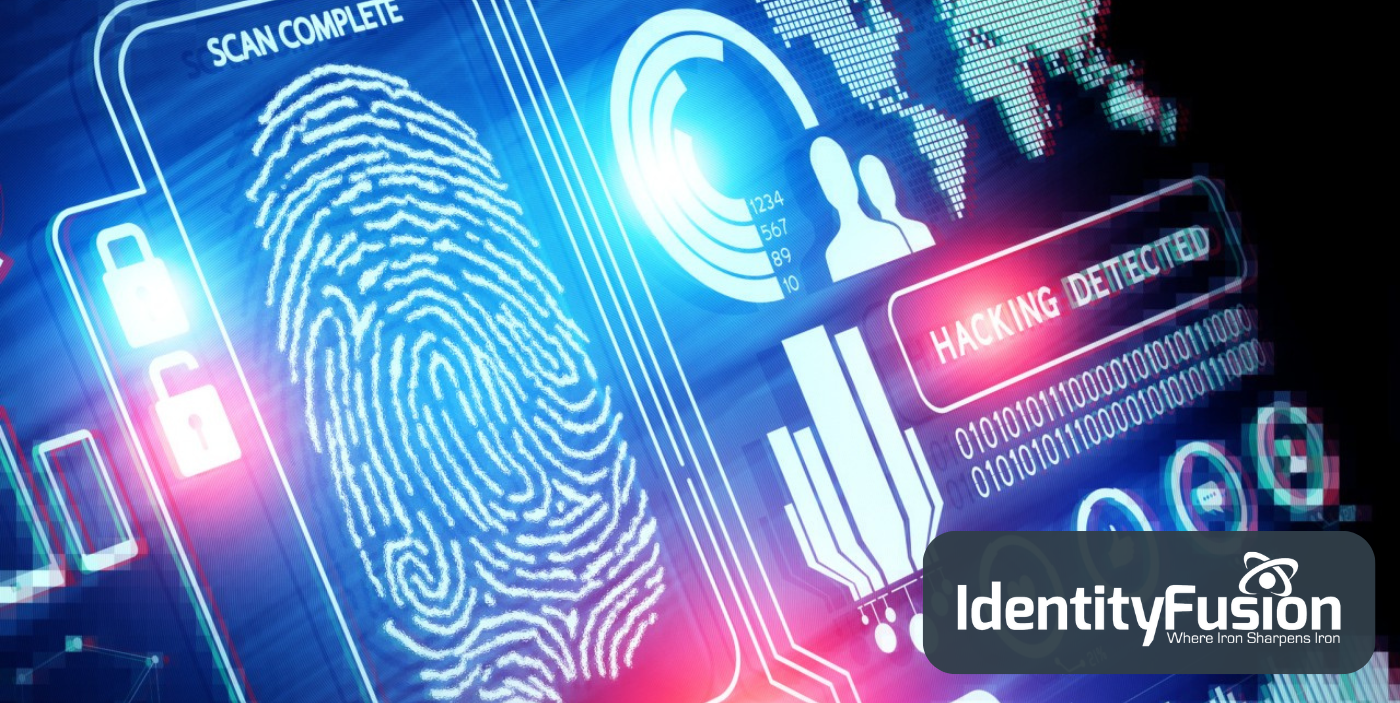I often write about the challenges that define cybersecurity today, the relentless push and pull between defenders and attackers, the fragile balance between Identity and Access Management (IAM) and the user experience, and the new frontiers of risk born from AI-powered deception and deepfakes. I have written about IAM 3.0, AI proliferation, challenges in both technology and the business. But today, I want to shift the spotlight.
I want to talk about the geniuses behind the curtain, the ones who don’t make headlines, who aren’t delivering keynotes, but who keep the whole fragile system from collapsing. These are the engineers, architects, consultants, subject matter experts, and problem-solvers who meet the next threat before it has a name, who coax magic out of the barely “adequate” products and identity fabrics, bending them into shapes their vendors never imagined. They are not just operators; they are surgical strike teams on the identity battlefield.
Some of the sharpest minds in our industry live here, in this space, where identity, access, and innovation intersect under extreme pressure. I’ve seen it firsthand in my own work. Years ago, when we began tackling the governance of Non-Human Identities (NHIs), service accounts, API keys, certificates, the prevailing tools barely scratched the surface. All too often the vendors didn’t even understand what we did with their products to solve for these use cases. They could discover some accounts, manage a few policies, generate reports. But real NHI security? That demanded bending the tools, integrating custom scripts, mapping ownership in ways that made auditors nod in relief instead of frown in confusion. It meant finding the orphans, killing the ghosts, and doing it continuously. It was the kind of work that doesn’t win vendor awards but does keep organizations out of breach headlines.
Healthcare is another proving ground. In that sector, “security” can’t be just strong, it must also be invisible. You can’t delay a surgeon logging in mid-procedure, or make a nurse juggle MFA tokens in an emergency ward. The work we’ve done here has been about crafting IAM systems that respond instantly to context, where the same doctor who scans in at 6 a.m. gets one path into the system, but if their credentials are used from a different state three hours later, the system instantly demands a higher level of verification. We took standard IAM platforms and wired in contextual, risk-based logic that wasn’t on the vendor’s roadmap but was absolutely on the front line of patient safety.
And then there’s finance. In that world, trust is both currency and target. Every additional second a legitimate user is delayed costs the institution. Every inch of unnecessary privilege an employee or third party retains is an open wound. I’ve watched my teams work inside rigid banking platforms, building controls the vendor never envisioned, controls that balance real-time fraud detection with zero-trust principles, without adding the friction that sends customers fleeing to competitors.
These are not just “implementations.” This is field innovation, born of urgency, honed by necessity, and executed by professionals who understand that the right solution isn’t necessarily “in the box” the vendor ships.
We live in a time where threats are industrialized and innovation cycles are measured in weeks, not years. The only reason we have any semblance of secure, frictionless access is because of these unsung heroes, people who see the “impossible” as just a puzzle with more pieces to be put in place.
You probably only notice them when a breach or failure occurs. But here’s the truth, they never stop until it’s fixed. Hours on a call, after hours, weekends, holidays, their kids 1st birthday party, it doesn’t matter. They stay in the fight. And when it happens, watch how personal they take it, even if the root cause traces back to a vendor. These aren’t clock-punchers. These are professionals who treat every incident like it’s their own reputation, their own system, their own mission on the line. Highly dedicated doesn’t even begin to cover it.
These warriors don’t wait for vendors to catch up. They make the tools keep pace with reality in spite of the hype cycle. And in doing so, they quietly ensure that hospitals keep running, banks keep moving, and the systems we depend on every day remain, at least for now, out of the enemy’s grasp.
These are the quiet geniuses of the identity subcategory of cybersecurity. And they deserve to be known.

